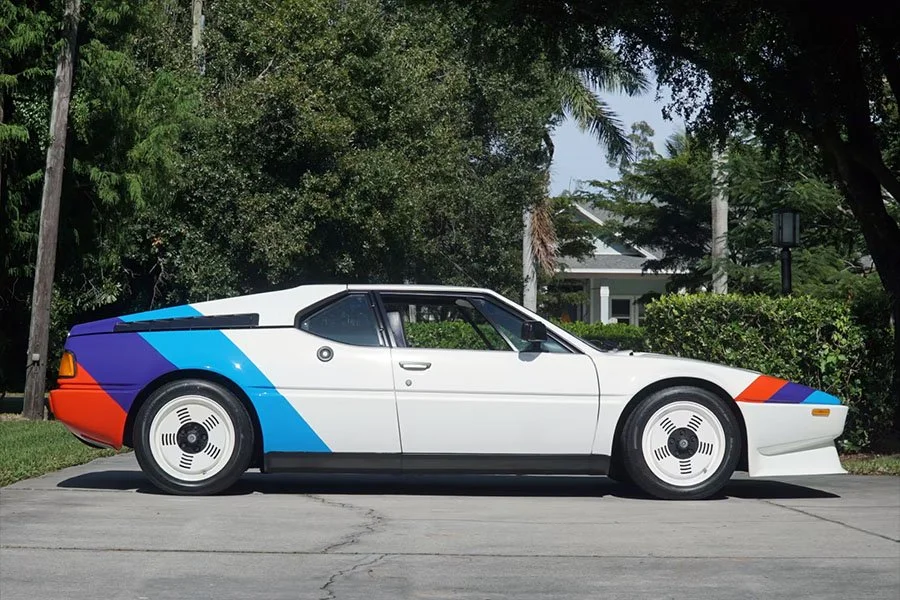One to Buy: ex-Gustavo Quintero 2-owner 1957 BMW 507 Series 2
/ Ben Tyer
Although it had been conceived as a mid-range model to rival other sporty convertibles from the likes of Jaguar, Alfa Romeo and Chevrolet, its unexpectedly labour intensive construction process meant the BMW 507 ended up retailing at more than twice the price of its rivals.
Accordingly, despite having arguably been the prettiest car of its era, just a little over 250 examples of the 507 were ever completed and BMW lost a substantial sum on every example sold.

Production was split between two series, the second of which made up around 85% of the production run and came with features like a repositioned fuel tank that eliminated the smell of petrol into the cockpit and a much-improved interior.
Set to go under the hammer at Bonhams’ auction at the Quail Lodge & Golf Club in Carmel on August 16th is a sensational second series 507 that has been in the possession of just two owners from new.

Chassis 70082 was ordered through the Venezuelan BMW distributor, Gustavo Zingg in Caracas, by Gustavo Quintero on September 5th 1957. The car was subsequently delivered on November 29th, however, Quintero had requested a white example so the Silver Grey machine that arrived was subsequently repainted to his requirements.
In the late summer of 1961, chassis 70082 was sold to its second Venezuelan owner with whose family the car has remained ever since. Optioned with the desirable Rudge wheels, an aluminium hardtop and radio, this matching numbers 507 represents a rare opportunity to acquire a never restored-in-the-modern-era example of BMW’s most sought after production model.

































































